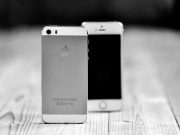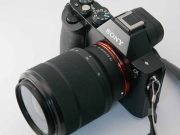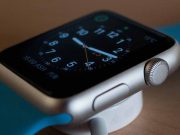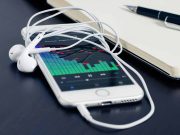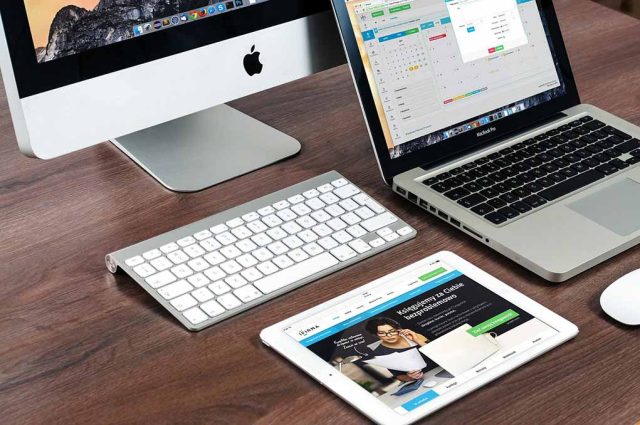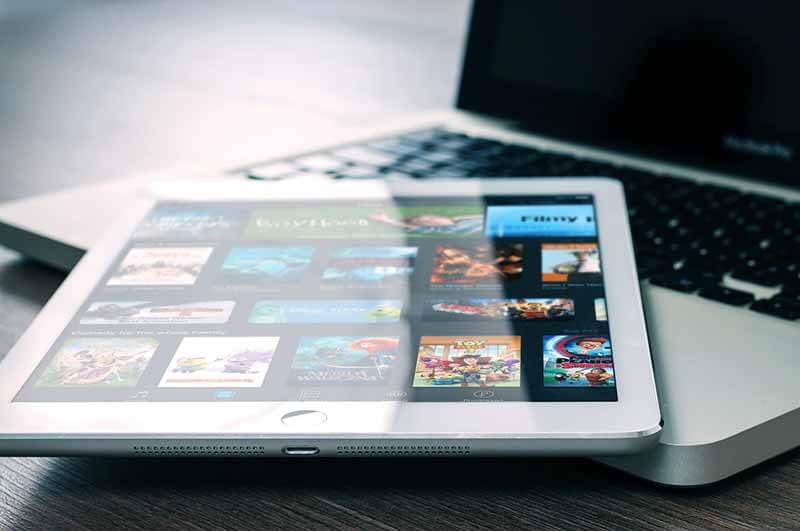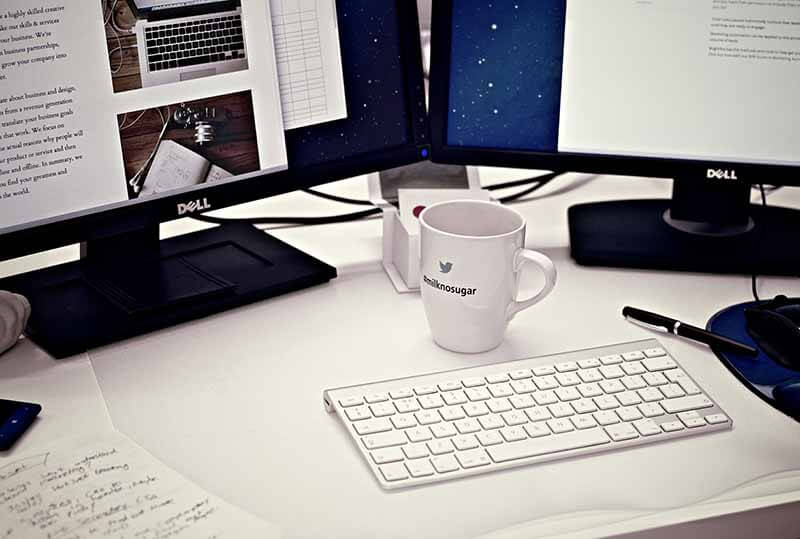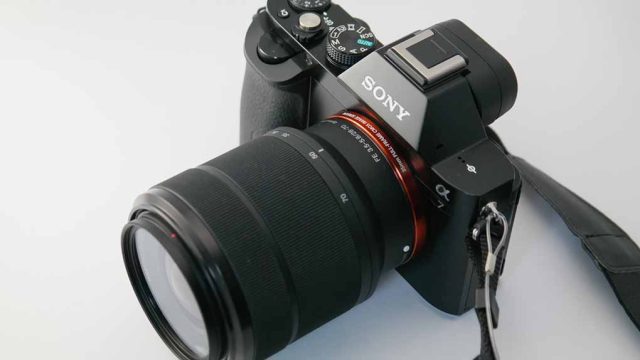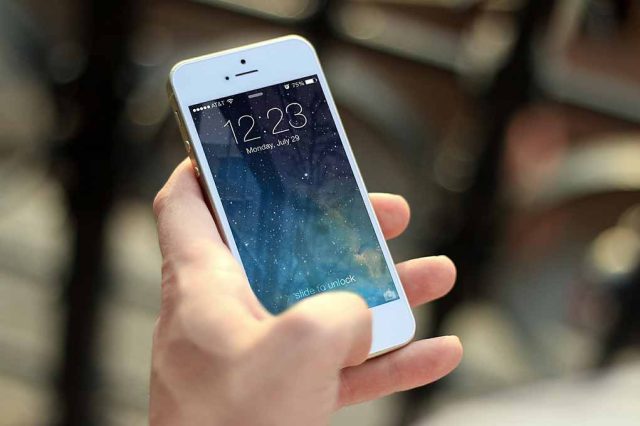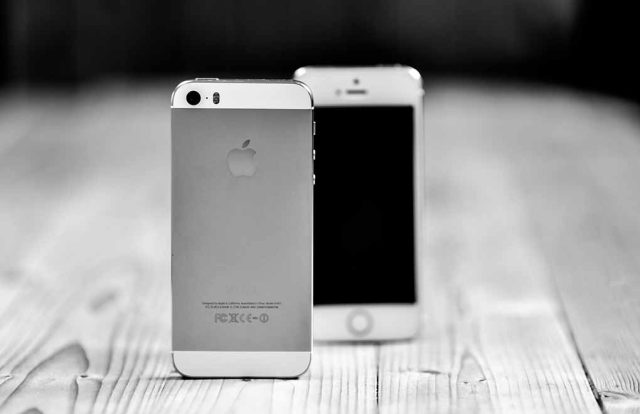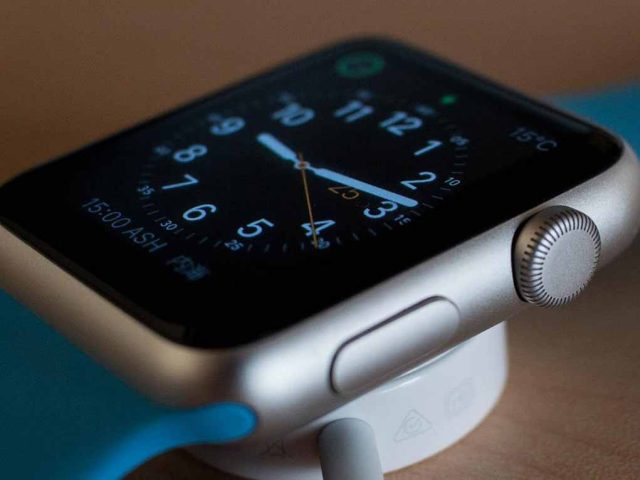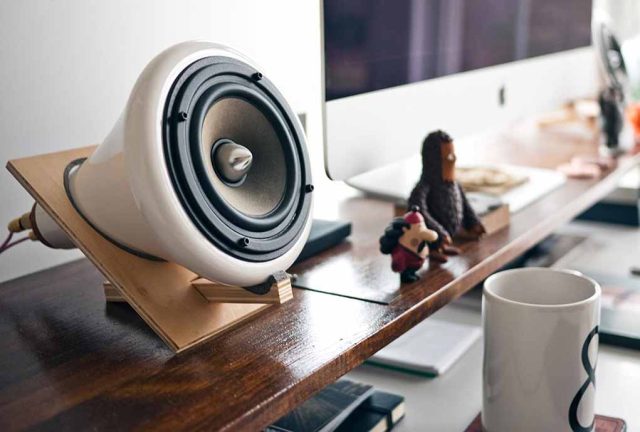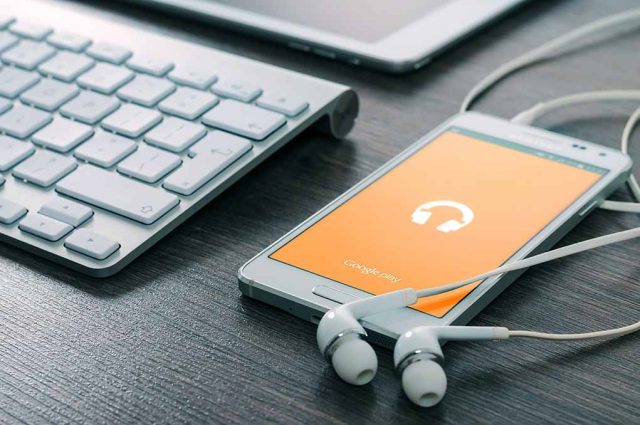The Right Energy Mix: Balancing Renewables, Reliability, and Economics in the Modern Grid
Introduction
The Right Energy Mix: Balancing Renewables, Reliability, and Economics in the Modern Grid
Around the world, utilities are facing the same paradox: how to embrace the rapid rise of solar and wind — the lowest-cost and cleanest sources of electricity — while ensuring the grid remains reliable, affordable, and resilient. This requires more than just adding megawatts; it requires a system view of resource adequacy, flexibility, and grid architecture.
The challenge of the modern energy transition
A modern grid must overcome several complex challenges to achieve an optimal energy mix:
- Intermittency of renewables: Sources like solar and wind are inherently variable, producing power only when the sun shines or the wind blows. This creates supply fluctuations that challenge the grid’s stability and reliability.
- Balancing supply and demand: Grid operators must have a diverse mix of flexible resources that can be quickly deployed to meet rapid changes in demand. Historically, this role was filled by fast-ramping fossil fuel generators, particularly natural gas.
- Aging infrastructure: Many existing transmission and distribution systems are outdated and were not built to handle two-way power flow from distributed energy resources (DERs), such as rooftop solar.
- High investment costs: The transition requires significant investment in new generation, transmission, and storage infrastructure. Managing these upfront costs while maintaining energy affordability for consumers is a major economic hurdle.
- Policy and regulatory silos: The U.S. electric grid is regulated in a segmented manner across different jurisdictions and public-private actors, making it difficult to align clean energy goals with reliability mandates. Other parts of the world, with single regulators, may ease some of the complexities.
The Planning Challenge
Traditional power systems relied on baseload (coal, nuclear, hydro), mid-merit (gas), and peaking plants. Renewables disrupt this model because their output varies with sunlight and wind, often creating surplus energy during off-peak hours and deficits when demand is highest.
The wrong mix leads to either:
- Excess idle thermal plants, running at low load factors (costly and polluting).
- Reliability risks, when demand outstrips renewable output during peak events.
The Formula for Balance
Based on global best practices, planners can use the following framework:
- Net Load (NL) = Demand – Σ (Effective Load Carrying Capability × Renewable Capacity).
- Firm Capacity Requirement (C_req) = (1 + Planning Reserve Margin) × P95[Net Load].
- Flexibility Requirement (C_flex) ≥ Ramp95 + k·σ(ΔVRE) + N-1 contingency.
- Storage Sizing: Enough to shift critical peak (typically 4–8 hours).
This ensures reliability with minimal idle thermal capacity.
Executive Summary
Traditional Principles of a Balanced Portfolio
Historically, utilities built their portfolios around three pillars:
- Baseload: Coal, nuclear, or large hydro – constant, steady generation.
- Mid-merit (load following): Gas turbines, combined cycles – flexible, ramp up/down as demand changes.
- Peaking: Oil or open-cycle gas turbines – expensive but reliable for peak loads.
This ensured reliability and power quality through diversity and redundancy.
Modern Trends with High Renewables
As renewables (solar, wind, run-of-river hydro) scale, the challenge is their intermittency and variability. The modern “right mix” therefore emphasizes:
- Firm Renewables: Geothermal, biomass, reservoir hydro → provide predictable capacity.
- Variable Renewables: Solar and wind → cheapest new energy but need balancing.
- Flexibility Assets: Battery storage, pumped hydro, flexible gas plants → manage variability.
- Grid Enablers: Transmission expansion, demand response, digital grid (ADMS/DERMS), interconnections.
Reliability-Oriented Mix (Global Best Practice)
While the mix differs by country resources, here’s a benchmark range often cited by agencies like IEA, NREL, and World Bank for 2030-2050 energy systems:
| Source Type | Recommended Share (Indicative) | Role in Reliability |
| Variable Renewables (Solar, Wind) | 30–50% | Cheapest, cleanest, intermittent |
| Hydropower (Reservoir & Pumped) | 15–25% | Flexible, seasonal storage, black-start capability |
| Firm Low-Carbon Sources (Nuclear, Geothermal, Biomass | 10–20% | Non-intermittent, carbon-free baseload |
| Flexible Gas (Hydrogen-ready, CCS) | 10–20% | Flexible peaking, backup for extreme demand |
| Storage, Pumped Hydro, and Demand Response | 10–15% (energy capacity) | Smoothes variability, provides frequency and voltage support |
| Transitional Fossil Fuels (oil, coal) | <5% (transitional/backup) | Being phased out worldwide |
This blend reduces costs, minimizes idle plants, and ensures resource adequacy with a planning reserve margin of 15–20% over net load.
Planning for the increasing renewable integration
As we get more renewable energy to our traditional energy sources, one of the biggest challenge is to ensure reliability and power quality. Some of the key matrices we must adhere to including:
1. Right Mix of Energy Sources
· Reserve Margin: Maintain at least 15–20% reserve margin above peak demand through diversified assets.
· Flexibility: Use fast-ramping gas or storage to complement renewables. And
- Invest in demand response: incentivize industries and consumers to shift loads.
2. Grid Modernization
- Deploy Advanced Distribution Management Systems (ADMS), DERMS, and smart inverters.
- Use synchrophasors (PMUs) and SCADA/EMS upgrades for real-time monitoring.
- Expand interconnections (regional power pools, HVDC links).
3. Storage
- Short-duration (batteries): frequency, voltage, ramping.
- Long-duration (pumped hydro, hydrogen, flow batteries): seasonal balancing.
4. Power Quality
- Voltage and frequency control via STATCOMs, FACTS devices, synchronous condensers.
- Smart inverters with grid-forming capabilities to stabilize weak grids with high renewables.
In addition power utilities can apply probabilistic methods and effective load carrying capability (ELCC) metrics to determine the right mix.
| The formula | Probabilistic methods and effective load carrying capability (ELCC) metrics |
| Net Load | NL(t) = Demand(t) − Σ ELCC × Capacity (VRE, storage, DR) |
| Firm Capacity | C_req = (1 + PRM) × P95[NL(t)] |
| Flexibility | C_flex ≥ R95 + k·σ(ΔVRE) + N-1 Contingency |
| Storage | ≥ Critical hours × Shortfall capacity |
Planning formula Explained with Example
| Planning formula Explained | ||||||
| Formula | NL = Demand – Σ (Effective Load Carrying Capability × Renewable Capacity) | |||||
| What does it mean | Example | |||||
| Demand | How much electricity do customers need at that moment | Assuming: Evening demand = 10,000 MW. | ||||
| Renewable Capacity × ELCC | Renewable Capacity: The portion of renewable power (solar, wind, etc.) that can be relied on actually to meet demand. ELCC = Effective Load Carrying Capability (a measure of how much renewable energy is dependable, since solar only works with the sun and wind depends on the weather). | Solar capacity = 4,000 MW, but only 20% dependable at evening → 800 MW effective.Wind capacity = 2,000 MW, 35% dependable at evening → 700 MW effective. Total dependable renewables = 1,500 MW. | ||||
| NL | This means the grid still needs 8,500 MW from firm sources (hydro, gas, storage, etc.). | 10,000 – 1,500 = 8,500 MW. | ||||
| Firm Capacity Requirement (C_req) | Formula: C_req = (1 + PRM) × P95[Net Load] What it means: Power Companies plan not just for average net load but for a “95th percentile worst case” (almost the highest demand situations).Add a Planning Reserve Margin (PRM) of ~15–20% on top, so Power Companies don’t run short. | From above, Net Load (NL) at peak = 8,500 MW.Worst-case (95th percentile) peaks may push this to 9,000 MW.Add 15% margin = 9,000 × 1.15 = 10,350 MW. | ||||
| Based on the example: | The system must have about 10,350 MW of firm capacity available to stay safe. | |||||
| Notes: | ||||||
| What if? | ||||||
| What does it mean | Example | |||||
| Flexibility Requirement (C_flex) | Formula: C_flex ≥ Ramp95 + k·σ(ΔVRE) + N-1 contingency What it means: Power Companies need enough fast-acting backup to cover: Ramp95 = The biggest up/down change in demand or renewables (95% of cases).k·σ(ΔVRE) = Uncertainty in renewables — how much solar/wind may differ from forecasts.N-1 contingency = Losing your biggest plant or transmission line. | Ramp95: Evening demand jumps by 1,500 MW in 2 hours.Forecast error: Wind may drop by 500 MW, so set k = 2 → 1,000 MW cushion.N-1 contingency: Biggest gas unit = 750 MW. | ||||
| Total flexibility required: So the system needs 3,250 MW of flexible, fast-response resources (batteries, hydro, gas peakers, DR). | C_flex ≥ 1,500 + 1,000 + 750 = 3,250 MW | |||||
| Storage Sizing | Rule of Thumb: Enough to shift critical peak (4–8 hours). | |||||
| What it means: Storage must be able to store excess solar or wind when plentiful, and discharge during peak demand. | Evening peak shortfall = 2,000 MW.Critical peak lasts 5 hours.Storage needed = 2,000 × 5 = 10,000 MWh (10 GWh). That could be: 2,000 MW of batteries running for 5 hours, or5,000 MW running for 2 hours. | |||||
| Based on the example, the finding is: | Demand: 10,000 MW at peak.Firm capacity required (with margin): 10,350 MW.Flexibility required: 3,250 MW.Storage needed: ~10 GWh to cover evening peak. | |||||
Summary
To run a reliable grid with lots of solar and wind, a power company should not just look at the total demand. To balance the right mix, utilities should consider the following:
| Key Consideration | Plan Should Include |
| NL | Net Load (see the example calculation). |
| C_req | Firm Capacity Requirement (with margin). |
| RE Dependability | How much renewable energy is actually dependable. |
| Firm Capacity for near-worst-case days | Enough extra firm capacity for near-worst-case days. |
| Fast backup | Fast backup for swings and surprises |
| Storage | Storage to move clean energy from when it’s abundant to when it’s needed most |
| The Right Energy Mix: Balancing Renewables, Reliability, and Economics in the Modern Grid | ||||||
| Ramp95 | ||||||
| Ramp | “Ramp” means how quickly demand or renewable output can change (up or down). | |||||
| 95 | “95” means we look at the worst 5% of situations (like really cloudy days, sudden wind drops, or spikes in demand). | |||||
| Caution: Power company need enough backup to handle the big swings that usually happen. | ||||||
| k·σ(ΔVRE) | ||||||
| VRE | VRE = Variable Renewable Energy (like solar & wind). | |||||
| ΔVRE | ΔVRE = how much solar/wind output can suddenly change. | |||||
| σ | σ = the “standard deviation,” which is a fancy way of saying the amount of uncertainty or unpredictability. | |||||
| k | k = a safety margin multiplier (e.g., 2×). | |||||
| Caution: Power company need to add extra backup for the uncertainty in solar and wind forecasts. | ||||||
| N-1 contingency | ||||||
| “N-1” | “N-1” is a reliability standard: the grid should survive if one major power plant or transmission line fails | |||||
| Caution: Power company need to keep backup power ready for that single worst-case outage | ||||||
Grid Architecture
Modern grid systems must orchestrate renewables, storage, firm low-carbon, and flexible thermal generation. Essential enablers include ADMS, DERMS, FACTS, PMUs, grid-forming inverters, smart meters, and regional interconnections.
Following technologies must be integrated and their benefits:
| ESSENTIAL GRID TECHNOLOGIES TO BALANCE THE MIX OF ENERGY SOURCES | |||||||
| System Functions | SCADA | EMS | ADMS | DERMS | FACTS & PMUs | SMART INVERTERS | DEMAND RESPONSE & EV |
| Monitoring every instrument in real time, and provide real-time grid conditions | x | x | |||||
| Optimizes large power plants and dispatches Optimizes large power plants and dispatches when and how much energy to produce | x | ||||||
| Provide Stability in the Transmission | x | x | |||||
| Controls distributed resources (e.g., 200 MW batteries discharge, smart thermostats cut 300 MW, and EV’s) | x | ||||||
| Distributed Intelligence | x | x | x | ||||
| Grid-forming capabilities | x | ||||||
| Utility and Customer Load Management | x | ||||||
Real-Life Example
USA: California ISO (CAISO) & Southern California Edison (SCE)
Who is California ISO (CAISO):
The California Independent System Operator is a nonprofit organization that manages the flow of electricity for about 80% of California and parts of Nevada.
Key Role:
- Runs the wholesale electricity market (decides which power plants run every 5 minutes, based on bids).
- Ensures real-time balance between supply and demand across the high-voltage transmission grid.
- Maintains system reliability (frequency, voltage, reserves) in compliance with NERC standards.
- Coordinates integration of renewables, managing the famous “duck curve” from California’s large solar fleet.
- Operates the day-ahead and real-time markets, plus ancillary services like frequency regulation and spinning reserves.
Why important: CAISO is essentially the traffic controller of electricity in California — it doesn’t own power plants or lines, but it decides how electricity moves on the grid and ensures the lights stay on.
Who is Southern California Edison (SCE):
SCE is a regulated investor-owned utility, one of the largest in the U.S., serving about 15 million people across a 50,000-square-mile area of central, coastal, and Southern California.
Key Role:
- Owns and operates distribution networks (wires, poles, transformers) that deliver electricity to homes and businesses.
- Buys electricity from CAISO’s wholesale market and delivers it to customers.
- Operates some generation assets (though most generation in California is independent).
- Runs customer programs (energy efficiency, demand response, rooftop solar interconnection, EV charging).
- Invests heavily in grid modernization, including AMI (smart meters), DERMS (Distributed Energy Resource Management System), and wildfire prevention measures.
Why important: SCE is the utility face to the customer — maintaining wires, responding to outages, and enabling the transition to clean energy at the retail level.
In Summary:
- CAISO = manages the big grid and wholesale markets, making sure supply meets demand every minute.
- SCE = delivers electricity to customers, runs local distribution networks, and implements state clean energy goals on the ground.
The Challenge
- California has over 15,000 MW of solar on its grid.
- In the middle of the day, solar output is very high → sometimes exceeding demand.
- In the evening, solar disappears quickly, but demand stays high → creating the “duck curve” problem.
- Without coordination, this would lead to blackouts or huge numbers of idle gas plants.
The Solution – How Systems Work Together
- SCADA (Real-time Monitoring)
- SCADA gives second-by-second data from substations, power plants, and the transmission network.
- Operators see: “We have 12,500 MW of solar right now, wind dropped by 300 MW in 5 minutes, demand is 25,000 MW.”
- EMS (Energy Management System)
- EMS optimizes which large-scale power plants (gas, hydro, imports) to run.
- It ensures system frequency (60 Hz in the U.S.) and voltage stay stable.
- Example: EMS decides to ramp up a 750 MW gas turbine to meet the evening peak.
- DERMS (Distributed Energy Resource Management System)
- DERMS manages smaller resources like rooftop solar, home batteries, EV chargers, and demand response.
- Example: In SCE’s territory, DERMS can signal 100,000 smart thermostats to reduce AC load by 300 MW within 10 minutes.
- It can also discharge community batteries (200 MW / 800 MWh) to smooth the solar drop.
The Outcome
- Midday: DERMS instructs batteries to charge from excess solar.
- 4 PM–8 PM: EMS ramps gas and DERMS discharges batteries , while SCADA monitors stability.
- If one 500 MW gas plant suddenly trips (the “N-1 contingency”), SCADA alerts instantly, EMS
re-dispatches hydro, and DERMS sheds load or taps batteries. - Net result: Demand of 25,000 MW is met, renewables are maximized, and only the minimum gas is running.
Global Case Studies
DENMARK
Wind supplies >60% of demand; balance achieved through Norwegian hydro imports and demand-side flexibility. Uses SCADA to monitor wind (60% of power), EMS to balance imports/exports, and DERMS to manage flexible CHP plants and EVs.
GERMANY
Over 50% renewables; uses market-based curtailment, strong EU interconnections, and investment in batteries and demand response.
TenneT Germany, a transmission system operator (TSO), operates and maintains over 25,000 kilometers of high-voltage transmission lines. TenneT designs, builds, maintains, and operates a high-voltage electricity grid across large parts of Germany, securing a reliable and affordable energy supply while facilitating the energy transition. Its role includes connecting various energy sources, such as offshore wind farms and domestic producers, to the grid and facilitating electricity transport to meet the needs of millions of domestic and business users.
TenneT Runs a DERMS with home solar and battery to stabilize frequency across 100,000 households.
CALIFORNIA (CAISO, USA)
Heavy solar penetration; adopted Resource Adequacy “Slice-of-Day” planning and procures battery storage at scale (6+ GW online). See the example above.
CHINA
Building ultra-high voltage transmission lines to carry renewable energy from resource-rich west to demand centers in the east; large-scale pumped hydro storage.
INDIA
Introducing flexible operation of coal plants and commissioning 13 GW of pumped hydro projects to back up 450 GW of planned renewables.
BRAZIL
Relies on hydro (~60% share) but diversifies with wind and gas to manage drought years.
AUSTRALIA (SOUTH AUSTRALIA)
At times runs on 100% solar and wind, with EMS and DERMS managing batteries (Hornsdale Power Reserve, 150 MW) and SCADA ensuring frequency stability.
Conclusion
Strategies for a balanced energy mix
Addressing these challenges requires a multi-pronged strategy that leverages a mix of generation sources, advanced technologies, and modernized grid management.
Diversifying the generation portfolio
- Renewables with firm backing: Maximize variable renewable energy (VRE) from solar and wind, but complement them with “firm” sources that can provide power on demand.
- Natural gas: Serves as a transitional fuel, offering a fast-response balancing mechanism to compensate for renewable intermittency.
- Nuclear energy: Provides reliable, large-scale, low-carbon baseload power that is not dependent on weather.
- Hydropower: A valuable renewable resource, where available, with inherent storage capacity in reservoirs to provide on-demand power.
- Geothermal and biomass: These renewables are not intermittent and can provide steady, reliable power.
- Increased transmission: Upgrading and expanding transmission capacity is essential to connect renewable resources, often located in remote areas, to population centers. Improved transmission also allows grids to balance supply and demand over a wider geographical area.
Enhancing energy storage
- Utility-scale batteries: Large battery storage systems can absorb excess energy during peak renewable generation and discharge it during high demand or when renewables are not producing. Costs for battery technology are continually decreasing.
- Pumped hydro storage: This technology uses excess electricity to pump water to an upper reservoir, releasing it to generate power when needed. It is a highly efficient and scalable option, though it is geographically constrained.
- Vehicle-to-grid (V2G) technology: Electric vehicles (EVs) are mobile energy storage units. V2G allows them to feed power back into the grid during peak demand, stabilizing the system while generating revenue for vehicle owners.
Modernizing the grid with technology
- Smart grids and real-time data: Equipping the grid with sensors, smart meters, and advanced software provides real-time data on energy flow and consumption. This allows utilities to predict demand, anticipate failures, and respond to grid conditions dynamically.
- Demand-side management: This involves using dynamic pricing and other incentives to encourage consumers to shift or reduce their electricity usage during peak hours. This lowers stress on the grid and can be integrated with smart technologies like thermostats and appliances.
- Microgrids: Small-scale, localized energy networks can operate independently or integrate with the main grid. They enhance local resilience and can help manage decentralized generation from DERs.
Policy and economic considerations
Effective policy is vital for a successful transition.
- Strategic investment: Governments can facilitate financing for grid modernization projects and renewable energy infrastructure through incentives and public-private partnerships.
- Market reform: Regulators can create market structures and tariff systems that incentivize efficiency, reward grid-stabilizing resources, and reflect the real-time dynamics of energy supply and demand.
- Collaborative ecosystems: An effective transition requires collaboration between utilities, policymakers, tech companies, and consumers. Establishing “sandbox” environments for piloting new technologies and fostering cross-industry innovation is a key strategy.
The future power company is not one that simply owns more megawatts of generation. It is one that orchestrates a portfolio: renewables, flexible storage, firm low-carbon capacity, and digital grid enablers.
By applying structured formulas, maintaining 15–20% reserve margins, and investing in flexibility, utilities can minimize idle thermal plants, ensure reliability, and deliver clean, affordable power.
The right mix is not fixed; it adapts to national resources, but the principle is universal: renewables + flexibility + firm capacity + modern grid = reliability and resilience.
References
Key sources used
- IEA Electricity 2024 and World Energy Outlook 2024. IEA Blob StorageIEA
- IRENA World Energy Transitions Outlook 2023; Key Enablers to Triple Renewables (2024). Actu EnvironnementIRENA
- NREL on capacity credits (ELCC) for solar/wind/storage (2025) and grid-forming inverters (2024). NRELNREL
- CAISO Resource Adequacy / Slice-of-Day framework and Battery Storage Special Report (2025). stakeholdercenter.caiso.comCalifornia Independent System Operator
- ENTSO-E ERAA 2023 (Executive & Methodology). ENTSOE+1
- ESIG New Resource Adequacy Criteria for the Energy Transition (2024). ESIG

